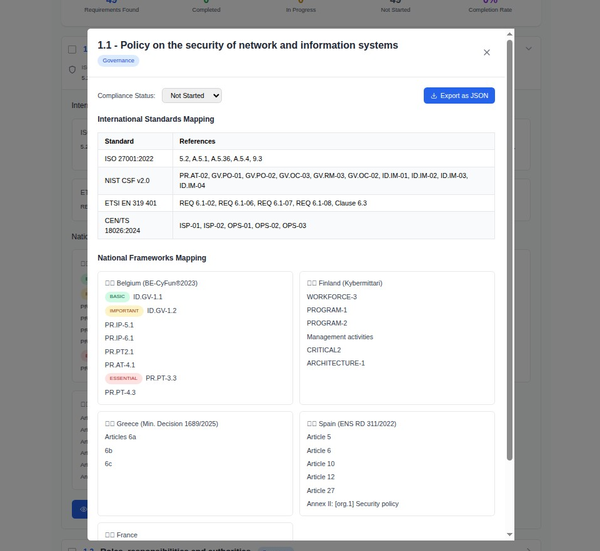Emerging Trends in Data Privacy and Their Impact on Compliance

Summary: This article will discuss emerging trends in data privacy, such as AI and blockchain, and their implications for compliance.
Introduction
Data privacy has become a significant concern in the digital age, with businesses collecting, storing, and processing vast amounts of personal data. As a result, data privacy regulations have been enacted worldwide to protect individuals' rights and ensure businesses handle data responsibly. This article explores the emerging trends in data privacy and their impact on compliance.
Increased Regulatory Activity
Regulatory activity around data privacy is increasing globally. The European Union's General Data Protection Regulation (GDPR) and California's Consumer Privacy Act (CCPA) are leading examples of comprehensive data protection laws. Other regions, including Brazil with its Lei Geral de Proteção de Dados (LGPD), are following suit. Businesses must stay abreast of these regulations to ensure compliance and avoid hefty fines.
Privacy by Design
Privacy by design is an approach that involves integrating data privacy principles into the design and operation of IT systems, networked infrastructure, and business practices. It's becoming a legal requirement in many jurisdictions, including under the GDPR. Implementing privacy by design can help businesses comply with data minimization and purpose limitation requirements, among others.
Rise of Data Protection Officers
The role of Data Protection Officers (DPOs) is becoming more prevalent, especially in larger organizations. DPOs are responsible for overseeing data protection strategy and implementation to ensure compliance with relevant laws. Their role is explicitly mandated under the GDPR for organizations that process large amounts of sensitive data.
Growing Importance of Data Impact Assessments
Data Protection Impact Assessments (DPIAs) are becoming a crucial part of data protection compliance. DPIAs help organizations identify, assess, and mitigate or minimize privacy risks with data processing activities. They are a requirement under the GDPR for processing operations that are likely to result in high risk to individuals' rights and freedoms.
Increased Use of Anonymization and Pseudonymization
Anonymization and pseudonymization techniques are being used more frequently to protect personal data. Anonymization involves processing data to prevent identification irreversibly. In contrast, pseudonymization replaces identifying fields within a data record with artificial identifiers or pseudonyms. Both techniques can help businesses meet their data protection obligations.
Cross-Border Data Transfers
Cross-border data transfers are under increased scrutiny. Legal mechanisms such as Standard Contractual Clauses (SCCs) and adequacy decisions are used to ensure that data transferred outside the EU is adequately protected. The recent Schrems II decision invalidated the EU-US Privacy Shield, highlighting the complexities of cross-border data transfers.
Emerging Technologies
Emerging technologies such as AI, machine learning, and blockchain present both opportunities and challenges for data privacy. These technologies can enhance privacy protections but also pose risks if not properly managed. Regulatory guidance on the use of these technologies is evolving, and businesses must monitor developments to ensure compliance.
Conclusion
Data privacy landscape is rapidly evolving, with new trends and regulations continually emerging. Businesses must stay informed and agile, adapting their data protection strategies to navigate this complex environment successfully. By understanding and responding to these trends, businesses can turn data privacy compliance into a competitive advantage.





